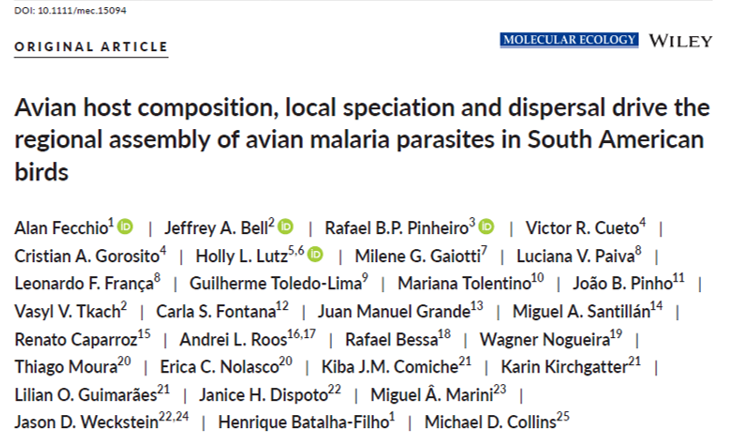@ppgecmvs @ufmg @ESA_org @UniFreiburg
doi.org/10.1002/ecy.27…
We used bipartite matrices to represent interactions in this study. For instance, rows may be parasite species and columns host species, and filled cells represent interactions.
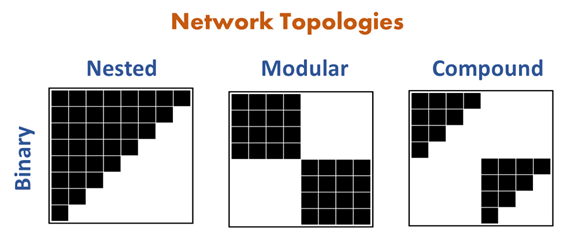
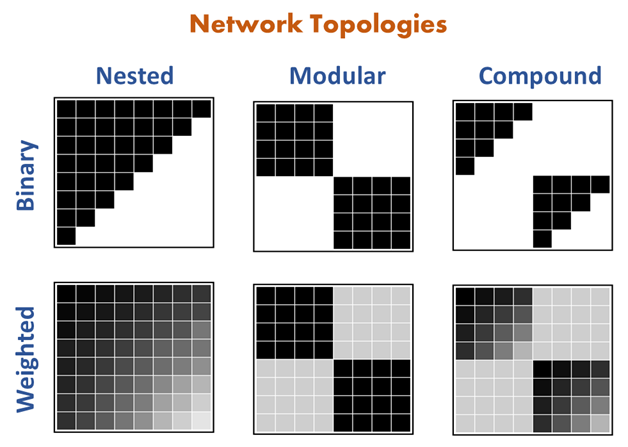
onlinelibrary.wiley.com/doi/abs/10.111…
onlinelibrary.wiley.com/doi/abs/10.111…
Our question: are these rules enough to promote topologies, without invoking selection on stability? 🤷♂️🧐
IHS was my Master's project 😊
sciencedirect.com/science/articl…
However, when resources are too heterogeneous, each consumer cannot exploit efficiently all of them. Jack-off-all-trades, master of none!🙄
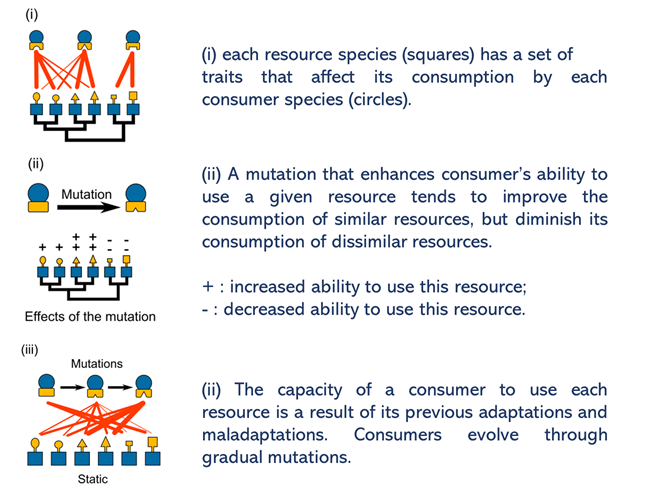
And let me know if you have any doubts.😜
IHS predicts the heterogeneity of resource defines the intensity of adaptive trade-offs, which in turn drive topology.
Numbers show the round of the simulation.
TAKE-HOME MESSAGE 1: selection on stability is not necessary to explain network topologies. They may emerge thought simple rules driving the interactions between species.
If you’re paying attention in this thread you should have a main suspect. Yes, resource heterogeneity. 👏👏
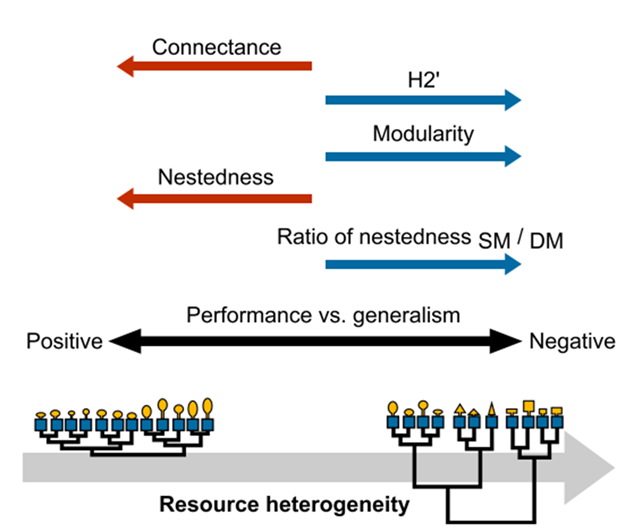
Homogeneous resources = highly generalized, highly connected, nested, and non-modular networks.
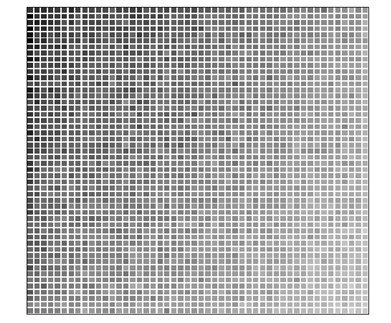
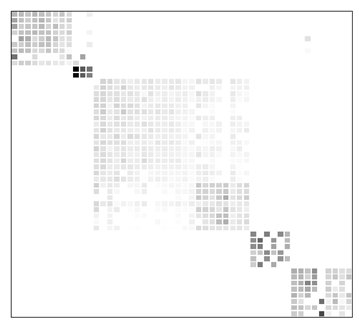
@joshuasweitz pnas.org/cgi/doi/10.107…
Yes, a compound topology. Modular at a large scale, nested within modules.
Those are two AWESOME papers. You should read them!
nature.com/articles/ismej…
And, just in case you liked my work😉, I am currently looking for a PostDoc position.


